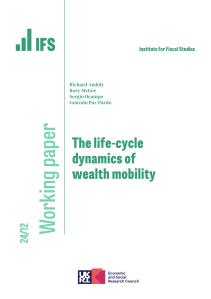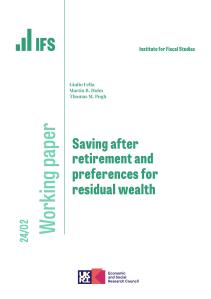Chapter 10 from the book, 'Social Insurance, Informality, and Labor Markets: How to Protect Workers While Creating Good Jobs', edited by Markus Frölich, David Kaplan, Carmen Pagés, Jamele Rigolini and David Robalino and published by Oxford University Press in December 2014.
Defined contributions pension schemes tends to replicate inequalities observed in the labor market. As final pensions depend primarily on the total accumulated pension wealth during the working lifetime, individuals with poorer earning and lower labor market attachment will finish with low pensions. Moreover, if a sizeable fraction of the population participates into the informal labor market, inequality in pensions can be even higher, if contributions to formal schemes have tax advantages. During 2008, a major pension reform was implemented in Chile to reduce pensions inequalities and to prevent old-age poverty, guaranteeing a minimum and stable level of consumption upon retirement. At the same time the reform attempted to reduce incentives to participate into the informal sector. The first tier of the system was modified introducing a non-contributory flat minimum pension and a decreasing pension subsidy. Several other elements were implemented such as a child pension subsidy, compensation upon divorce, gender dependent disability insurance premium and male survivor pensions, recognizing structural inequalities of the system. This chapter computes the distributional effects on the final total accumulated pension wealth and pensions due to the reform. The reform has increased not only the self-financed pension wealth, due to the different mechanisms or subsidies received during the accumulation period, but also has importantly improved the final pension due to the first tier reform. For those workers retiring before 2015, the self-financed pension wealth and the final pension will increase in average 0.6% and 15%, respectively. Even though the final pension changes have been positive for both genders, the female pension improvement has been 56% higher than the rise for men, reducing the gender inequalities significantly.











